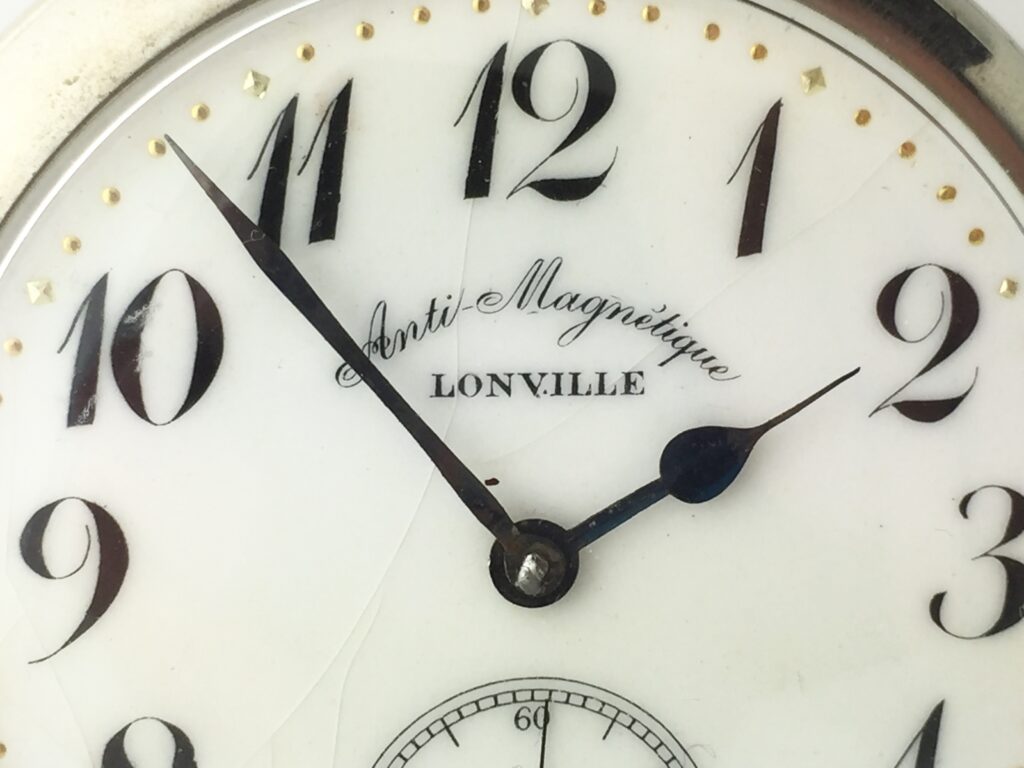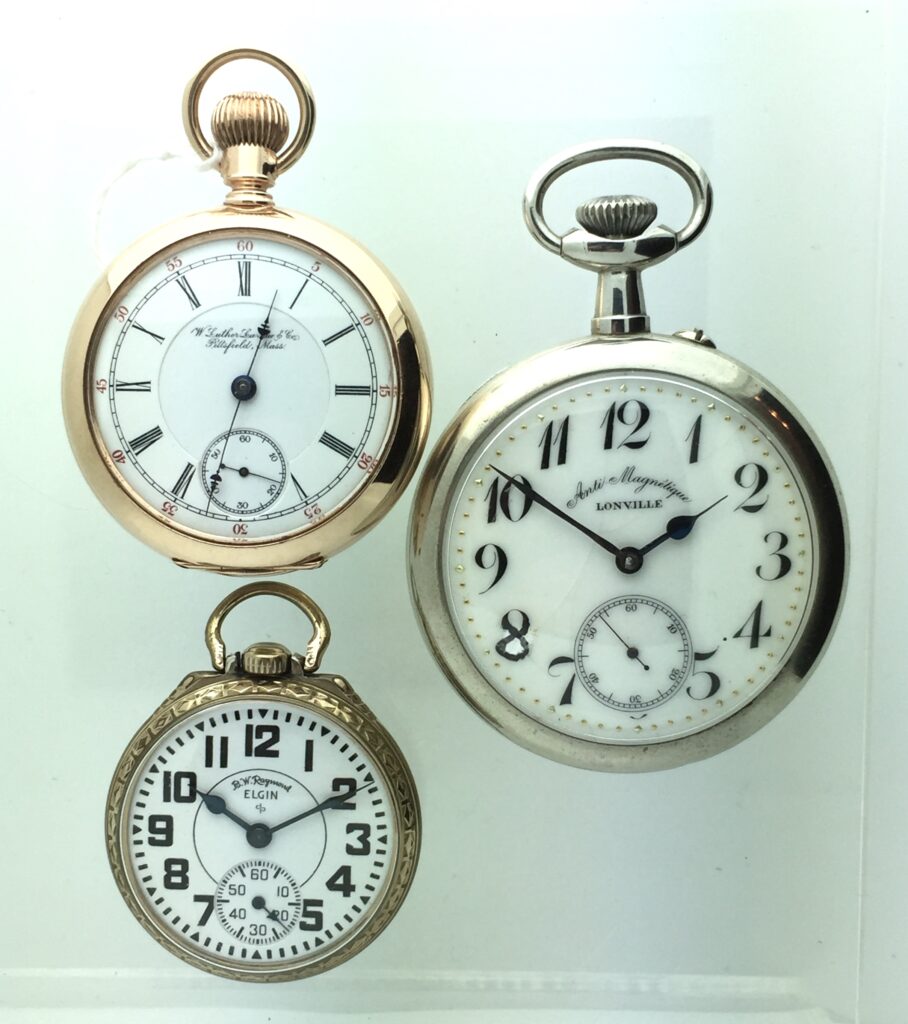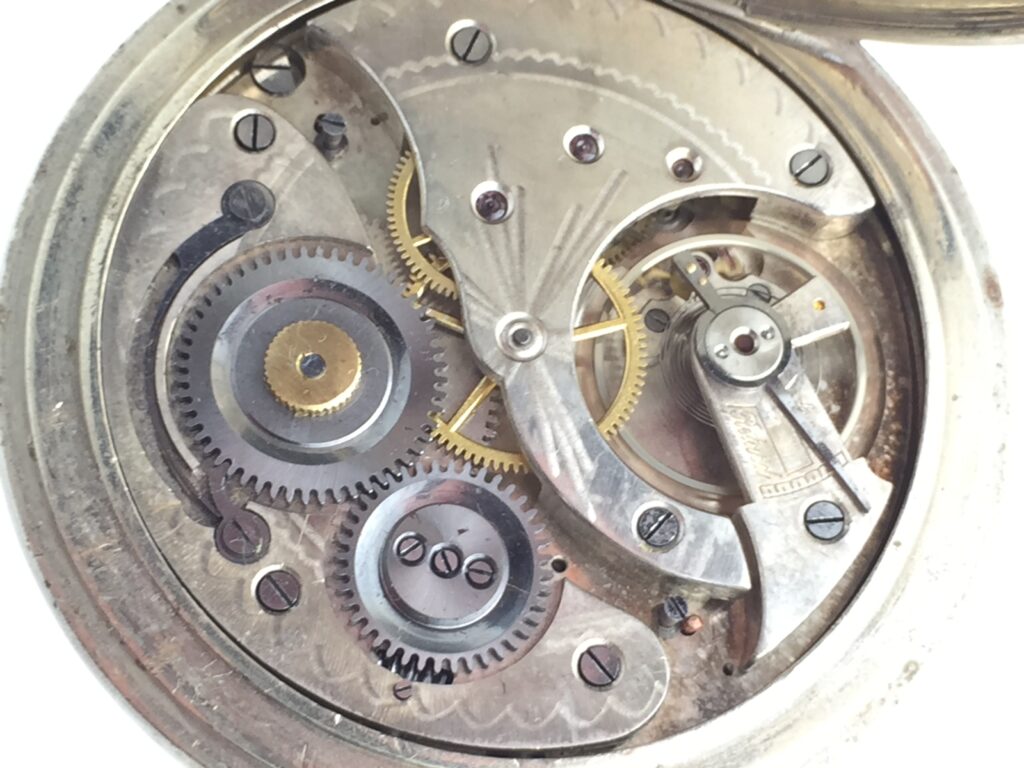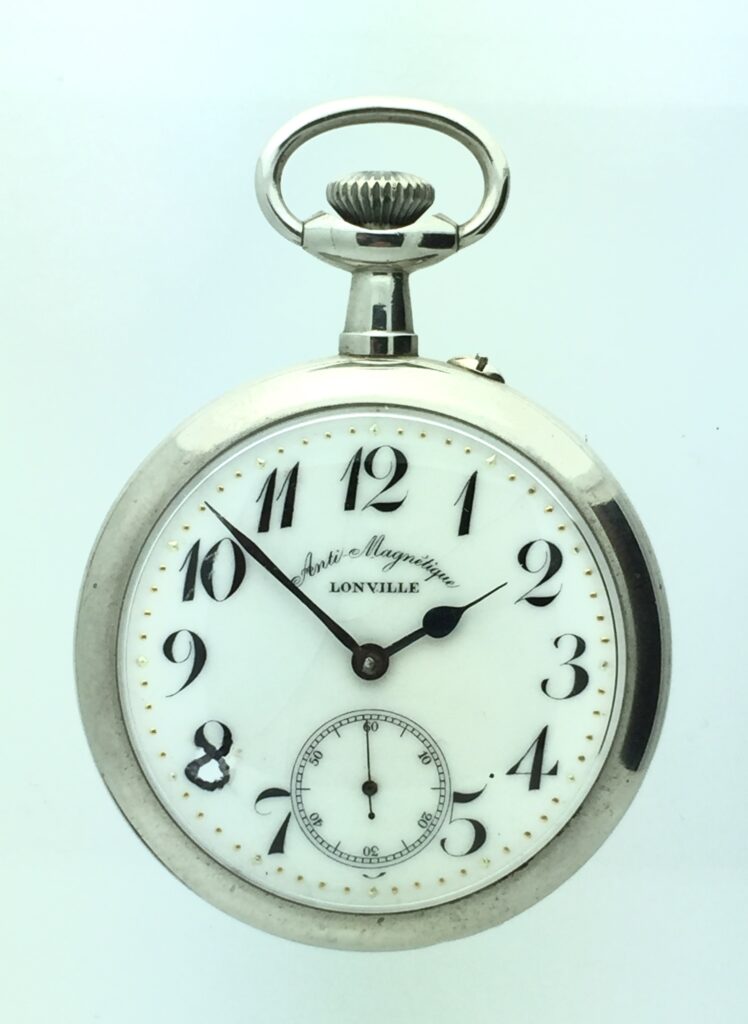Author: Scott Hueckman
How to open the back of a stuck pocket watch case
Have you ever went to open the back of a pocket watch case only to have it be stuck? The easiest way to do this is by using a hot glue gun, a jar lid (smaller than your watch), and a little elbow grease. Don’t worry, the hot glue will peel right off after we are finished. Scott from Tamarack Shack Antiques shows us how to do it in this short video.
Basic Pocket Watch Terminology with Pictures
This is my first guide. It is intended for those of you that may not know what the basic parts of a pocket watch are named. I have not included items that are included in the movement (such as the balance, mainspring, etc) because this is a beginning guide. In any case, I hope that you can use this! Thanks! Scott Hueckman owner, Tamarack Shack Antiques 145 N. Lake Ave. Phillips, WI 54555 715.339.2556!
Bezel—The bezel is the screw-off or flip-off piece on the metal case that holds the crystal.
Bow—The piece that is connected to both sides of the pendant. The bow loops over the crown and swings. It is typically used as the place for connecting a watch chain to the watch, and as the place used for gripping the watch.
Case back—The case back is the piece that either screws on the midsection or fits over the back of the movement.
Case—The case is the metal “shell” protecting the entire movement. The case typically consists of three or four main parts: the case back, the bezel, the midsection, and the pendant. Nearly all American cases were stamped or etched with matching serial numbers.
Crown—The “winder” of the watch that is connected to the stem. The watch can be wound in thenormal position or winding position, unless the watch is a key wind type of watch . Typically, the crown can be pulled out to set the watch in a position called the setting position, unless the watch is a key set or a lever set.
Crystal—aka “glass.” The glass or plastic part that fits into the bezeland protects the dial is called the crystal.
Dial—aka “the face.” The dial is the part with numbers on it. Dials are typically made of porcelain or painted metal.
Hunter’s Case—Acronym HC—A type of case with a hinged case-front that closes, like a door, to protect the crystal. On nearly all hunters’ cases, the front of the case can be opened and closed by depressing the crown when it is in winding position.
Key Set—Acronym KS—This type of pocket watch requires a key to set the hands. The hands can be set in two ways: by using the key in the center of the hour and minute hands, or by using the key in the center of the back of the movement.
Key Wind—Acronym KW—A type of pocket watch that requires a key (other than the stem) to wind the watch. Most key wind pocket watches are wound on the back of the movement.
Lever Set—A watch movement that sets by pulling a lever located under the bezel next to the dial. The lever must be pulled out and the crown must be turned to set the hands.
Midsection—The middle part of the case on which both a bezel and a back will connect. If the case is a two-piece case, then there is no midsection.
Movement—Known in laymen’s terms as the “works” of the watch. It is the entire part of the watch, not including the case.
Open Face Case—Acronym OF—A watch with an exposed face. The dial and crystal combo is not covered and the time can be viewed at a glance, without having to open anything. Here are a few sub-types: the standard open face, the butterfly case, the swing out case, and more.
Pendant—The pendant is the housing: the part found protruding from the case. It holds the stem and is crested by the crown.
Setting Position—The position in which a crown and stem are pulled out on a pocket watch. With stem set watches, the hour and minute hands can be set in the setting position.
Stem Set—Type of watch that can be set when the crown is pulled out into the setting position.
Stem Wind—Type of watch that can be wound when the crown is in thewinding position.
Stem—The stem is a metal piece which attaches the crown to the watch movement. The stem is controlled by the actions of the crown. In a hunter’s case watch, the stem also opens the front cover.
Winding Position—The “normal” position of the crown and stem on a pocket watch. In this position, the watch can be wound.
Pawn Stars is Fake!! Tell All Experience || Reality Show?
Scott Hueckman was on Pawn Stars and shares his experience.
Lonville “Railwayman” Oversize Pocket Watch–Dwarfing the Competition

Here is a pocket watch that may even catch the eye of Flavor Flav, the era of the Swiss oversize pocket watch. There doesn’t seem to be much information about why they were made so much larger than even the 18 size pocket watches that were commonplace in the 1900-1910 era. The aforementioned time period is when the short-lived behemoths came to compete. In size comparison, even the large 18 size pocket watch cases were about 55 to 58mm in diameter. The Lonville “Railwayman” oversize pocket watch has a case that measures 67mm in diameter. A nine to twelve millimeter difference, no big deal right?

The two typical “working man’s” pocket watches of the early 20th century, the 16 size and 18 size, were only about 4mm in difference (in comparing similar style cases). To a novice, the 16 and 18 size differences are sometimes not even noticed, especially when the movements are out of their cases. When a novice sees the oversize Swiss types, the oversize watch appears like a giant. A modern time analogy would be a comparison of the Samsung Galaxy to the Galaxy Note or the iPhone 6 compared to the 6 plus.

Why were they made and why did the style go out? I would guess that Swiss were attempting to gain a foothold in the US pocket watch market and were trying to get in by making a very noticeable item. Everyone can recognize size differences, but not everyone can see the differences (or cares for that matter) about things like how many jewels, how many adjustments, or other nuances that a watch may have had. I would also venture that the Swiss were so far behind, and the US companies were so entrenched and trusted, that the Swiss companies couldn’t keep making and exporting their products only to have to cut prices to be the price leaders in a US-dominated market.
The short life of the Swiss oversize pocket watch is an interesting phenomenon. The one that I added in the pictures keeps good time, but the movement appears cheap! The dial has gold minute markers, which is cool. The watch is a pin lever set.

